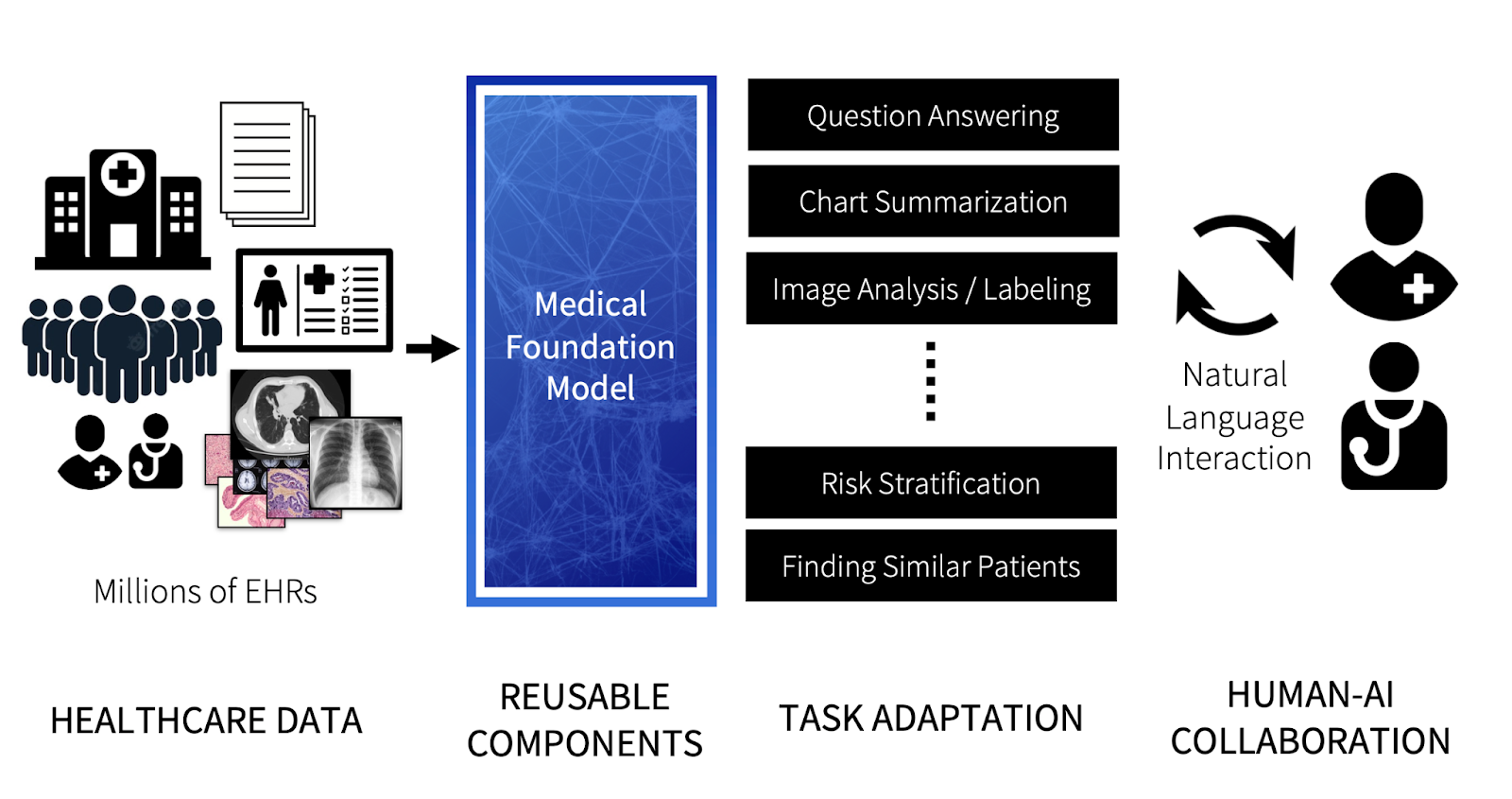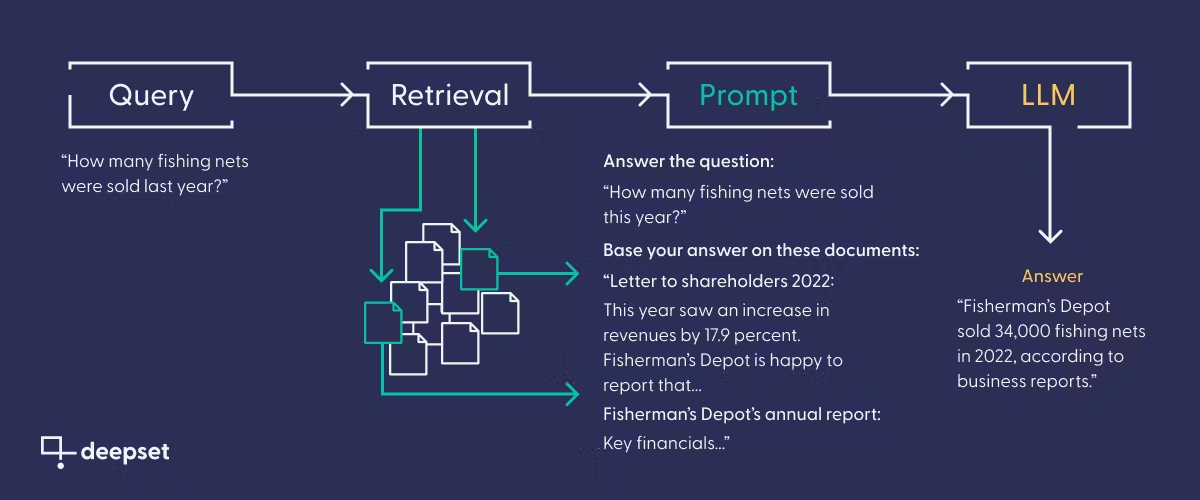|
To survive and thrive in the dawning age of AI, companies must completely rethink their strategy, business models, operations, and culture. AI allows for the creation of innovative digital platforms, products, and services that are disruptive to incumbents structured around legacy business processes. This constitutes a sea change on par with the disruption caused by the Industrial Revolution over a century ago. Leading experts argue that AI capabilities will touch every job function and industry. Therefore, companies cannot view AI as just another technology. To compete, they need to become AI-driven organizations. This requires reorienting their entire strategy and structure around AI. “The emergence of AI capabilities constitutes a seismic shift akin to the disruption caused by the Industrial Revolution’s impact on business.” This article distills key insights from management thinkers at the forefront of the AI revolution. It provides a strategic playbook for developing competitive business strategy in the age of AI. We will examine guiding principles, best practices, and real-world examples for leveraging AI to transform offerings, operations, decision-making and innovation. The lessons drawn aim to help both established companies and startups compete and unleash the transformative potential of AI. Firms that fail to adapt their strategy and management approach around AI do so at their own peril.
Defining Business Strategy in the Age of AIAccording to Marco Lansiti and Karim R. Lakhani, authors of the book Competing in the Age of AI, the emergence of AI capabilities like machine learning algorithms, predictive analytics, and natural language processing enables companies to fundamentally reinvent products, services, business models, and value propositions. The recent breakthrough of generative AI models and their ability to synthesize strikingly human-like content has demonstrated that AI has reached a new level of sophistication and applicability. This watershed moment has concentrated the focus of companies and the public on the transformative potential of AI, especially as generative models continue to rapidly advance in capabilities. 
Lansiti and Lakhani argue that this constitutes a seismic shift akin to the disruption caused by the Industrial Revolution’s impact on business. AI allows the creation of innovative digital platforms and offerings that collide with and displace traditional firms built around legacy human-driven processes. For example, the fitness company Peloton transformed the traditional gym business into a successful digital platform model powered by technology. Members access live and on-demand fitness classes from home through integrated hardware and software. AI and analytics personalize content recommendations and connect users. Such collisions between AI-driven digital disruptors and traditional players are reshaping competitive dynamics across every industry. Iansiti and Lakhani assert that firms must completely reimagine their strategy, business model, operations, and culture with AI at the core to compete in this new digital landscape. Merely incorporating AI tools into existing business models will not suffice. To compete, companies must become AI-driven organizations. This requires rethinking their entire strategy, structure, and management approach around AI capabilities. The fundamental nature of competition has changed, demanding a reimagination of business strategy.
Key Principles for Developing an AI StrategyWhen creating or adapting their competitive strategy for the age of AI, businesses should follow three key principles outlined by MIT professors Ezra Zuckerman Sivan and Pierre Azoulay:
Taken together, these principles provide guidance for strategically leveraging AI at every layer of the organization to transform how value is created, captured, and delivered to customers. Companies must make AI a core pillar of their strategy. Managing AI-Driven Products and ServicesIncorporating AI capabilities like machine learning algorithms, predictive analytics, and natural language processing into products and services introduces new complexities and challenges compared to traditional software development lifecycles. According to Marco Iansiti, companies should structure the development of AI products and features around the specific value gain for users and the overall business. Product managers should map quantitative business metrics and key performance indicators to the capabilities of the underlying AI models powering new offerings. With AI systems, the focus must be on continuous improvement, not static perfection. As the AI ingests more data over time, it will become more accurate at tasks like forecasting, recommendation engines, predictive maintenance, and other use cases. Plan for prompt deployment followed by rapid iterations based on real-world usage. 
Data is the fuel that powers AI algorithms. When developing AI products and services, teams should thoroughly analyze the 4 V’s of data - volume, variety, velocity and veracity. Multidisciplinary teams including stakeholders from business, data, and technology units are required to deliver a robust AI product vision. In addition, responsible AI practices such as transparency, bias detection, and human oversight must be implemented early to manage risks from real-world AI deployment. AI introduces a new set of product development challenges that demand updated management approaches.
Using AI to Gain Business InsightsBusiness intelligence and analytics groups are starting to harness AI capabilities to augment human data analysis and provide enhanced business insights. Diagnostic analytics powered by AI can help identify root causes and variables influencing key business problems where previously analysts struggled to pinpoint reasons in complex data. Predictive analytics enabled by machine learning algorithms allow more data-driven and forward-looking decision-making. Companies should create a center of excellence to drive adoption of AI-powered analytics tools across the organization. The goal is to democratize access to data and provide business insights to subject matter experts who can determine how to apply them. Instituting processes where major business decisions are informed by AI predictions, pattern detection, and modeling can create a positive feedback loop. The more business leaders rely on AI insights for strategic moves, the more they will demand exponential improvements to analytics capabilities. AI augments but does not replace human intelligence. The future role of business analysts will be determining how to best leverage AI to extract meaning from data relevant for core business objectives. Using AI for analytics and business intelligence will become a competitive necessity.
Leveraging Emergent Capabilities from Generative AI ModelsEmerging generative AI models like Chat-GPT, GPT-4 , PALM, Claude and others possess expansive capabilities driven by their exposure to massive datasets during the pre-training process. Firms should tap into the broad functionalities of these large language models. Rather than building custom AI solutions from scratch, companies can achieve greater leverage by starting with pre-trained foundation models. Fine-tuning and customizing these models using domain-specific data unlocks differentiation suited to a firm’s competitive environment. 
For example, a medical AI startup can fine-tune a natural language model on electronic health records and medical research to power a virtual assistant that provides personalized health advice. Similarly, an agriculture firm can tune a computer vision model on aerial imagery of its crops to detect disease outbreaks and irrigation needs. 
An industrial manufacturer can also train a predictive maintenance model on sensor data from its equipment to accurately forecast maintenance needs and avoid unplanned downtime. Or a telecom company tunes a conversational AI model with transcripts of customer support calls to improve its customer service chatbot. However, firms must carefully evaluate alignment between real-world use cases and the training data used to develop commercial generative AI offerings. Despite strong capabilities, these models can demonstrate unintended biases or unsafe behaviors without the proper human oversight and controls. While pre-trained generative models can produce informative content, their outputs can be generalized or vague when applied to niche domains. To improve relevancy, companies can implement a retrieval augmented generation pipeline. This first retrieves and summarizes the most salient information from the company’s internal knowledge bases and datasets to provide targeted context. The summarized context then steers the generative model to produce outputs focused specifically on the firm’s area of expertise. 
The combination of retrieval and generation augments the capabilities of both. It delivers AI-generated outputs grounded in a business’s proprietary data and knowledge. For domains requiring expert understanding, retrieval augmentation focuses generative AI and delivers more relevant insights. Generative AI drastically lowers the barriers for firms to harness AI techniques tailored to their business context. But responsible practices must be implemented to manage risks. With the right strategy, generative AI unlocks potent new functionality from AI investments.
Building an AI portfolioMarco Iansiti argues that companies should structure AI initiatives and pilots into a portfolio framework focused on driving business value across units. AI projects should be grouped based on capabilities provided, and their position in a hierarchy. Lower level AI applications build fundamental capabilities that enable more advanced projects higher up the value chain. Each layer of the portfolio should directly contribute observable value to the business. When constructing an AI portfolio, companies should first buy proven solutions or platforms before attempting to build custom models from scratch. This maximizes efficiency of scarce AI talent. Cross-functional collaborations between business units, data scientists, and technology groups smooth AI adoption. Firms should architect the AI portfolio to create a flywheel effect. As portfolio projects generate new data, they feed improved business outcomes. Those outcomes then provide even more data to fuel the next round of projects. Linking AI pilots directly to business value accelerates scaling. Conducting AI projects in isolation carries high failure risk. A coherent portfolio aligned to strategic goals, paired with strong execution and governance, boosts the odds of competitive advantage through AI.
Fostering an AI-Driven Innovation CultureAccording to Karim R. Lakhani, companies seeking to foster an AI-driven innovation culture should start by identifying evolving customer needs and exploring how AI capabilities can reinvent their value chains. AI allows creation of new offerings or enhancement of existing ones through augmentation of human activities. On the longer-term, as generative AI models mature, they possess the potential to replicate human skills like complex reasoning, creativity, and judgment. In the near-term, companies should identify practical use cases where applied AI can solve tangible business problems and deliver concrete value. Quick wins build faith in AI among stakeholders. “Quick wins build faith in AI among stakeholders„ Making data open and accessible horizontally fuels this by granting autonomy for teams to experiment. Data should not be trapped in organizational silos. Create data leveraged across the company as an asset. Innovation cultures acknowledge not every AI initiative will succeed. They encourage measured risk-taking and learning from failure. AI-driven innovation requires updated management approaches and processes.
ConclusionThe emergence of AI necessitates a complete rethink of competitive strategy by established companies and startups alike across every industry. AI capabilities are rapidly progressing, unlocking new potential to transform products, services, business models, and customer value propositions. Companies that fail to adapt their business strategy and management practices around AI risk extinction. To compete in the dawning era of AI, firms must reconstruct themselves as AI-driven organizations with AI fully integrated into their strategy, operations, and culture. This requires reimagining how to create, deliver, and capture value in light of AI’s expansive possibilities. AI strategy must align to concrete business objectives and customer needs. Build a portfolio of AI initiatives structured to demonstrate incremental value. Developing an AI-powered innovation culture and managing AI-driven offerings demands new ways of working. The recommendations and examples provided in this strategic playbook aim to help traditional companies make the leap as well as guide AI-native startups. Harnessing AI’s transformative power to drive sustainable competitive advantage requires embedding AI in the fabric of the business. Companies must run headlong into the age of AI or risk being left behind. ABOUT THE AUTHOR(s)Roland Tannous is managing partner and lead strategy and digital transformation consultant at GravityThink. |

